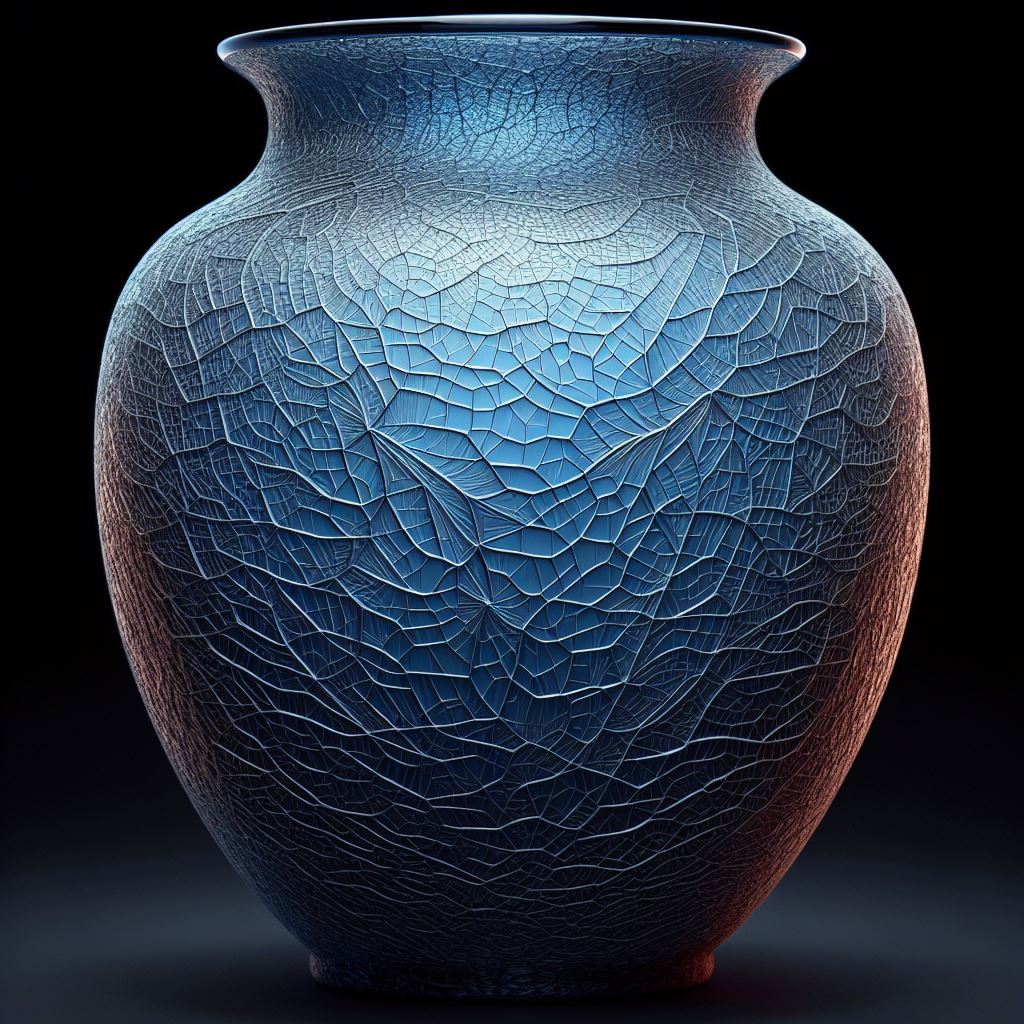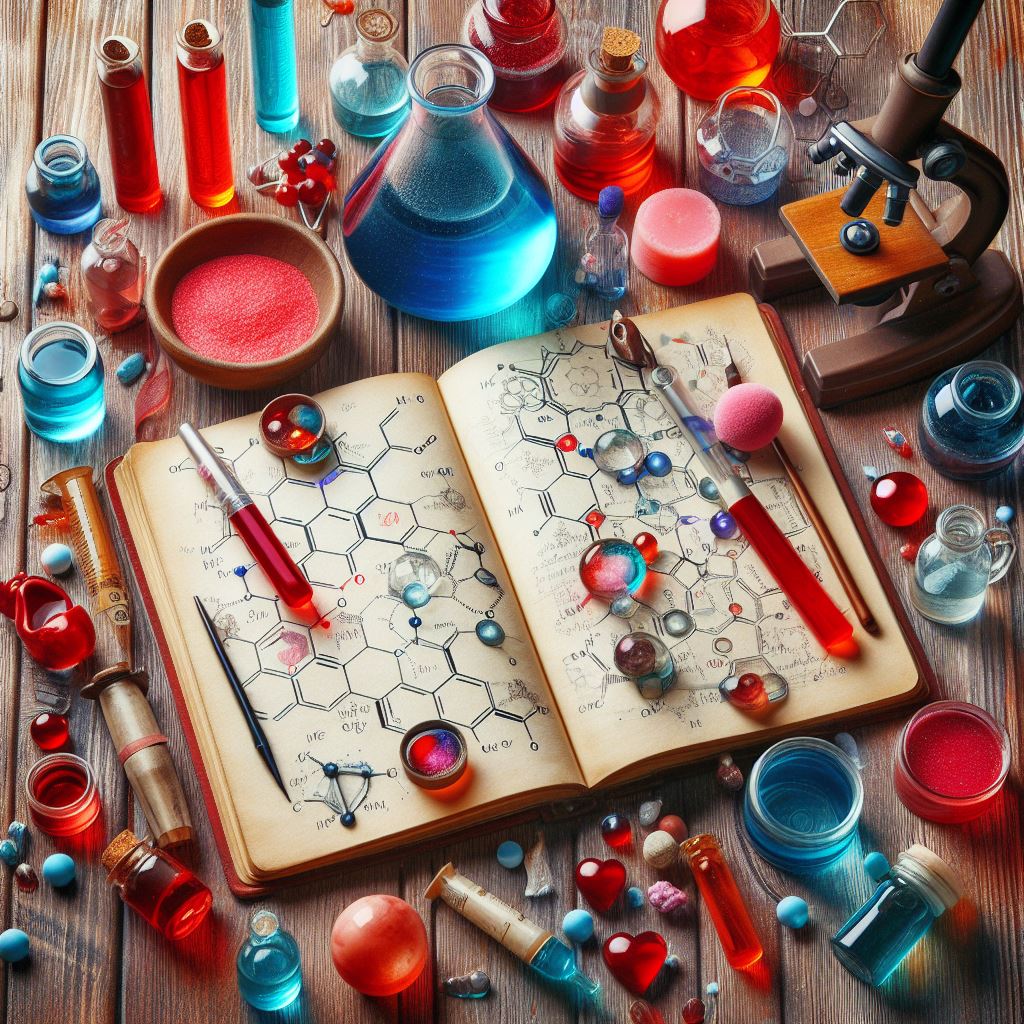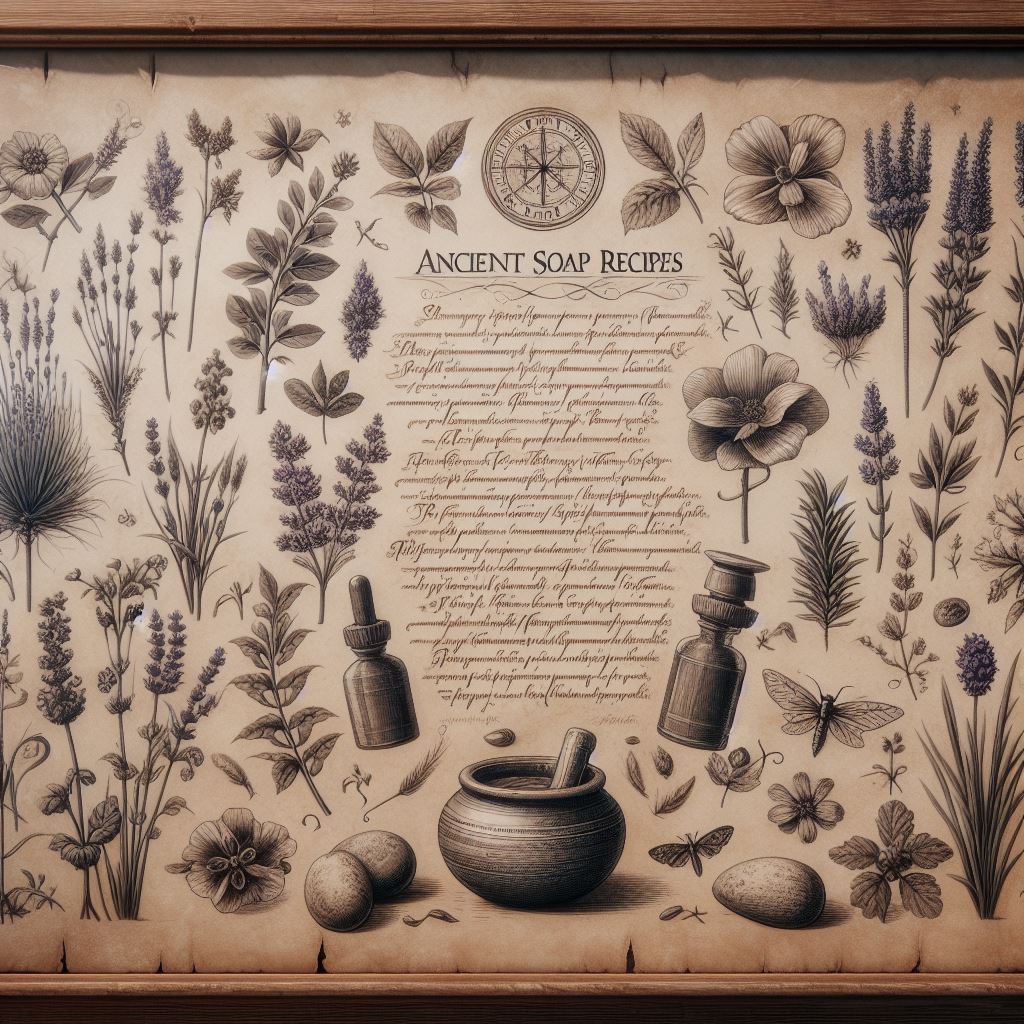Glass Disease

Glass Disease: A Threat to Glass Products Discover the unseen menace lurking within your glass products. From weeping to fragmentation, learn how Glass Disease wreaks havoc and why your glass containers may be part of the problem. Stay tuned for insights into prevention and detection. Protect your glass investments before it’s too late. Glass Disease, also known as “glass malady” or “glass sickness,” is a serious issue that can compromise the integrity of glass products such as windows and doors. This process of decomposition can lead to a variety of symptoms, including weeping, crizzling, spalling, cracking, and even fragmentation. Understanding the causes, symptoms, and prevention measures of this disease is crucial for ensuring the longevity of glass products. Causes of Glass Disease Causes of Glass Disease The main cause of Glass Disease lies in the unstable chemical composition of the glass formula. This instability can be caused by various factors, including: Alkali leaching: Alkali metal ions can leach out of the glass, leading to an increase in the pH level on the surface and the dissolution of silicon in the glass. Lime and alkali metals: The ratio of lime to alkali metals in the glass plays a crucial role in its stability. A lack of lime oxide can cause the alkalis in the glass to become insoluble. Temperature and humidity: Changes in temperature and humidity can affect the composition of the glass, thus endangering its stability and integrity. Environmental conditions: External factors such as humidity and temperature can accelerate the process of glass decomposition. Symptoms of Glass Disease Symptoms of Glass Disease Recognizing the symptoms of Glass Disease is important to take timely action. These include: Weeping: Leakage of alkalis from the glass, known as “weeping.” Crizzling: Formation of a characteristic network of fine cracks visible to the naked eye. Spalling: Formation of distinct cracks on the surface of the glass, accompanied by material detachment. Cracking: Formation of distinct cracks on the surface of the glass. Fragmentation: Breakdown of the glass object into pieces in the final stage of the disease. Why Glass Containers Should Be Avoided Glass containers should be avoided in soap making as the lye used in soap making can react with glass. Lye is highly alkaline and can attack the surface of the glass, leading to the release of alkalis. This exacerbates the process of alkali leaching, thus accelerating the development of Glass Disease. Prevention and Detection Glass Disease poses a serious threat to the integrity of glass products and requires a fundamental understanding of its causes, symptoms, and prevention measures. Through regular inspections, proper care, and control of environmental conditions, we can contribute to prolonging the lifespan of glass products and maintaining their beauty and functionality. In soap making, it is especially important to avoid glass containers to prevent accelerating Glass Disease, as lye can react with glass. Conclusion: In conclusion, Glass Disease presents a significant challenge to the longevity and integrity of glass products. From the insidious onset of weeping to the dramatic fragmentation in its final stages, this degradation process demands attention and action. Understanding its causes, symptoms, and preventive measures is crucial for preserving the beauty and functionality of glass items. Whether it’s through controlling environmental conditions, avoiding reactive materials like glass in certain processes such as soap making, or regular maintenance, proactive steps can mitigate the impact of Glass Disease. Let’s safeguard our glass investments and ensure they stand the test of time against this silent adversary.
OFFBEAT SOAPING

Offbeat soaping Here you will find everthing about offbeat soaping. AllgemeinOffbeat Soaping Offbeat soaping AllgemeinHistoryOffbeat Soaping Alchemy in Soaping
Understanding Lyes, Alkaline Substances, and NaOH

Understanding Lyes, Alkaline Substances, and NaOH Discover the powerful world of lyes and alkaline substances! From their chemical properties to real-world applications like cleaning and manufacturing, learn how these compounds shape our industries while navigating their potential hazards. Get ready to dive deep into the chemistry behind NaOH and its role in our daily lives! Lye: A lye is an aqueous solution of a hydroxide. Lyes are alkaline, meaning they have a pH value > 7. Lyes can decompose organic materials and may cause burns. Examples of lyes include sodium hydroxide (NaOH), potassium hydroxide (KOH), and calcium hydroxide (Ca(OH)2). Alkaline Substances: Alkaline substances are bases that, when dissolved in water, release hydroxide ions (OH-). Lyes are a subset of alkaline substances. Not all alkaline substances are lyes, for example, sodium bicarbonate (NaHCO3). Alkaline substances have the following properties: They have a pH value > 7. They neutralize acids. They saponify fats into soap. NaOH: NaOH is the chemical formula for sodium hydroxide. Sodium hydroxide is a white crystalline substance. It is strongly alkaline and breaks down in water to form caustic soda. Sodium hydroxide is used in various industries, such as in the chemical industry, in the food industry, in paper production, and in cleaning. In summary: Lyes are aqueous solutions of hydroxides. Alkaline substances are bases that release OH- when dissolved in water. Lyes are a subset of alkaline substances. NaOH is the chemical formula for sodium hydroxide, a strongly alkaline substance that decomposes in water to form caustic soda. Important: Lyes and alkaline substances can be hazardous. When handling them, wearing protective gloves and goggles is advisable. In case of contact with lyes or alkaline substances, rinse the affected area immediately with water.
Oldest known soap recipe!
Overlay mit Bild Oldest known soap recipe An approximate translation of the ancient Babylonian soap recipe. Ingredients: Water Ash from a fire Rendered animal fat or vegetable oil Instructions: Collect the ash from a fire and mix it with water. Boil the mixture to create a concentrated liquid. Melt the animal fat or vegetable oil in a separate container. Mix the concentrated ash liquid with the melted fat or oil. Allow the mixture to cool and solidify. Cut the solidified mixture into bars for use. Note This recipe is approximate, as the original recipe was written in ancient cuneiform script and may have included additional instructions or ingredients that have been lost over time. The exact proportions of the ingredients and the specific method of preparation may also have varied depending on the individual soap maker.
Alchemy in Soaping

Alchemy in soap making Magical Ingredients in Ancient Soap Formulations: Unveiling the Alchemy of Cleansing The formulations of ancient soaps continue to astound with their inclusion of exotic ingredients that transcend the simple blends of fats and ashes. Across diverse cultures, a belief persisted that specific plants, herbs, or minerals possessed magical cleansing properties. The addition of these mystical elements transformed the act of soap-making into a ritualistic and spiritual endeavor. The Mystical Art of Soap-Making in Ancient Egypt In ancient Egypt, renowned for its advancements in various sciences, soap-making took on a particularly magical quality. The use of natron, a naturally occurring mixture of sodium carbonate and sodium bicarbonate, was prevalent in their soap recipes. Natron was not merely a cleansing agent; it held sacred significance, believed to have purifying properties that extended beyond the physical realm into the spiritual. The Spiritual Alchemy of Soap-Making in Ancient China In ancient China, soap-makers explored the magical properties of herbs like ginseng and lotus. These botanical elements were thought to enhance the soap’s ability to cleanse not just the body but also the spirit. The subtle fragrances of these ingredients were considered conduits for positive energy, creating a holistic cleansing experience. Alchemy of the Ages: European Soap-Making and Mystical Ingredients Interestingly, in the Middle Ages, European alchemists sought to combine the mystical with the practical in soap production. Substances like frankincense and myrrh, long associated with spiritual rituals, found their way into soap recipes. The belief was that these aromatic additions elevated the soap’s purifying effects to a higher, almost divine level. Unveiling the Mystical Legacy of Ancient Soap-Making The use of gemstones was not uncommon in some ancient soap formulations. In India, for instance, soap-makers integrated powdered gemstones like amethyst or moonstone, believing that the energy stored in these precious stones could transfer to the soap, imparting a sense of balance and tranquility during the cleansing process. Beyond botanicals and minerals, animal products also played a role in magical soap-making. In certain African cultures, the fat of specific animals, believed to embody unique spiritual qualities, was incorporated into soap recipes. This practice underscored the interconnectedness of the physical and spiritual realms in the art of soap-making. These examples illustrate the diverse ways in which ancient civilizations infused their soap formulations with magical elements. The alchemy of soap-making went beyond mere cleanliness; it was a conduit for connecting with the metaphysical and the divine. These examples illustrate the diverse ways in which ancient civilizations infused their soap formulations with magical elements. The alchemy of soap-making went beyond mere cleanliness; it was a conduit for connecting with the metaphysical and the divine. Intriguingly, these beliefs and practices persisted for centuries, shaping the cultural and spiritual significance of soap. While modern soap production is grounded in scientific understanding, exploring the mystical roots of this everyday item adds layers of fascination to its history. The magical ingredients of ancient soaps not only cleansed the body but also offered a glimpse into the spiritual tapestry woven into the fabric of daily life.
Ancient soap recipes

Unlocking the Secrets: Discover Vintage Soap Recipes Stay tuned as I unveil a treasure trove of soap recipes sourced from ancient books. Join me on this journey of rediscovery as we delve into the art of soap-making from generations past. Get ready to craft your own timeless creations! Honey Halfpalmsoap, Recipe from 1860 250 parts Lard 150 parts Palm oil 50 parts Coconut Oil 50 parts Colophony Die Darstellung der vorzüglichsten feinen Toilette – Seifen Substitute for Olive oil soap, Recipe I from 1867 30 parts olive oil 30 parts poppy seed oil or peanut oil 40 parts bovine fat Handbuch der chemischen Technologie, Band 6, Page 28 Substitute for Olive oil soap, Recipe II from 1867 30 parts olive oil 40 parts poppy seed oil or peanut oil 30 parts lard Handbuch der chemischen Technologie, Band 6, Page 28 Substitute for Olive oil soap, Recipe III from 1867 50 parts palm oil 30 parts sesame oil 20 parts bovine fat Handbuch der chemischen Technologie, Band 6, Page 28